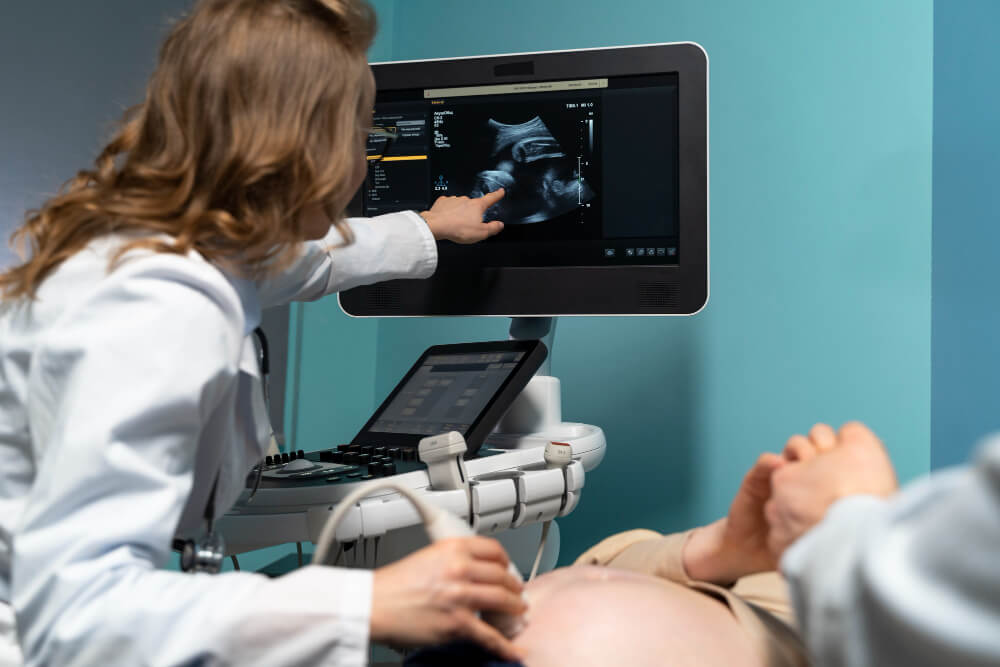The Vital Role of Ultrasound in Modern Medical Care

Ultrasound has become an indispensable tool in modern healthcare, offering a safe, painless, and accurate way to visualize internal organs and structures. This non-invasive imaging technique plays a critical role in various aspects of medical care, from diagnosis and treatment planning to monitoring and follow-up.
Why Choose Ultrasound?
Ultrasound offers several advantages over other imaging modalities, making it a preferred choice for many diagnostic procedures. Here are some of its key benefits:
- Painless and non-invasive: Unlike X-rays or CT scans, ultrasound does not involve radiation exposure. This makes it ideal for pregnant women, children, and people with sensitive medical conditions.
- Safe and accurate: Ultrasound provides clear images of soft tissues, blood flow, and internal organs, making it valuable for diagnosing various medical conditions.
- Real-time imaging: Ultrasound allows doctors to see live images of the body, which can be helpful for guiding procedures such as biopsies or injections.
- Portable and accessible: Ultrasound machines are readily available in various settings, including hospitals, clinics, and doctor’s offices, making access to this technology convenient.
- Cost-effective: Compared to other imaging modalities, ultrasound is a relatively affordable option for diagnostic procedures.
A Journey Through Ultrasound Applications

Ultrasound is utilized in a wide range of medical specialties, each offering unique benefits to patients. Let’s explore some of the most common applications:
- Obstetrics and Gynecology: Ultrasound plays a vital role in prenatal care, allowing doctors to monitor fetal development, detect abnormalities, and guide pregnancy management.
- Cardiology: Ultrasound is a valuable tool for diagnosing heart diseases such as valve problems, arrhythmias, and heart failure. It can also be used to assess blood flow and monitor the effectiveness of treatment.
- Musculoskeletal System: Ultrasound helps diagnose injuries and conditions affecting muscles, tendons, ligaments, and joints. It is commonly used for injuries like sprains, strains, and tears.
- Abdominal Imaging: Ultrasound provides clear images of the liver, kidneys, gallbladder, and other abdominal organs, enabling the diagnosis of various diseases and conditions.
- Urology: Ultrasound assists in diagnosing and managing urinary tract problems, including kidney stones, bladder tumors, and prostate cancer.
Optimizing Your Healthcare Journey with Ultrasound
Ultrasound technology offers several advantages that can significantly enhance your healthcare experience. Here’s how:
- Early diagnosis: Ultrasound can help detect medical conditions at an early stage, leading to better treatment outcomes and improved prognosis.
- Personalized treatment planning: Ultrasound images provide valuable information that helps doctors tailor treatment plans to individual needs and conditions.
- Minimally invasive procedures: Guided by ultrasound, doctors can perform various procedures with minimal invasion, reducing pain and recovery time.
- Improved monitoring and Ultrasound allows doctors to monitor the progress of treatment and identify any changes or complications early on.
- Reduced need for other imaging tests: In many cases, ultrasound can replace or reduce the need for more invasive or expensive imaging tests.
Conclusion
Ultrasound is a revolutionary technology that has revolutionized healthcare by providing a safe, accurate, and versatile imaging tool. From diagnosis to treatment, ultrasound plays a crucial role in optimizing your healthcare journey, leading to better patient outcomes and improved quality of life.
